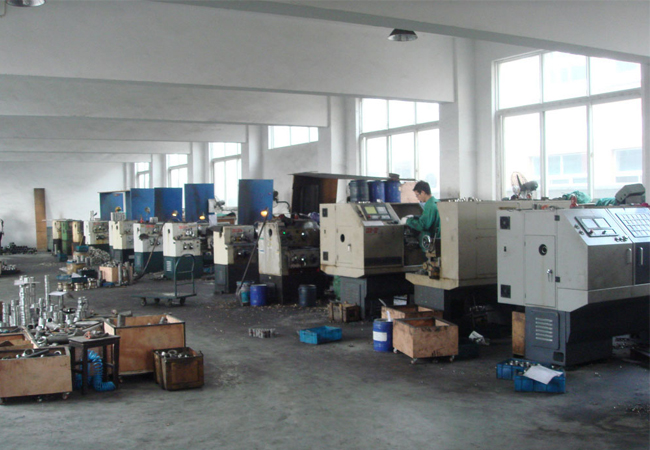Czech
- Afrikaans
- Albanian
- Amharic
- Arabic
- Armenian
- Azerbaijani
- Basque
- Belarusian
- Bengali
- Bosnian
- Bulgarian
- Catalan
- Cebuano
- Corsican
- Croatian
- Czech
- Danish
- Dutch
- English
- Esperanto
- Estonian
- Finnish
- French
- Frisian
- Galician
- Georgian
- German
- Greek
- Gujarati
- Haitian Creole
- hausa
- hawaiian
- Hebrew
- Hindi
- Miao
- Hungarian
- Icelandic
- igbo
- Indonesian
- irish
- Italian
- Japanese
- Javanese
- Kannada
- kazakh
- Khmer
- Rwandese
- Korean
- Kurdish
- Kyrgyz
- Lao
- Latin
- Latvian
- Lithuanian
- Luxembourgish
- Macedonian
- Malgashi
- Malay
- Malayalam
- Maltese
- Maori
- Marathi
- Mongolian
- Myanmar
- Nepali
- Norwegian
- Norwegian
- Occitan
- Pashto
- Persian
- Polish
- Portuguese
- Punjabi
- Romanian
- Russian
- Samoan
- Scottish Gaelic
- Serbian
- Sesotho
- Shona
- Sindhi
- Sinhala
- Slovak
- Slovenian
- Somali
- Spanish
- Sundanese
- Swahili
- Swedish
- Tagalog
- Tajik
- Tamil
- Tatar
- Telugu
- Thai
- Turkish
- Turkmen
- Ukrainian
- Urdu
- Uighur
- Uzbek
- Vietnamese
- Welsh
- Bantu
- Yiddish
- Yoruba
- Zulu
Telephone: +86 13120555503
Email: frank@cypump.com
Srp . 14, 2024 17:50 Back to list
Calculating Power Requirements for Efficient Slurry Pump Operations and Performance Optimization Strategies
Power Calculation for Slurry Pumps A Comprehensive Overview
Slurry pumps play a crucial role in various industrial applications, especially in the mining, construction, and wastewater management sectors. These pumps are specifically designed to handle mixtures of solids and liquids, which can be abrasive and corrosive. Understanding how to calculate the power requirements for slurry pumps is vital for ensuring efficiency, reliability, and optimal performance in any system.
The power required by a slurry pump can be influenced by several factors, including the density of the slurry, the flow rate, the total dynamic head (TDH), and the efficiency of the pump. The basic formula for calculating the hydraulic power (P) needed to move the slurry can be expressed as
\[ P = \frac{{Q \times H \times \rho \times g}}{1000} \]
Where - \( P \) = Power in kilowatts (kW) - \( Q \) = Flow rate in cubic meters per second (m³/s) - \( H \) = Total dynamic head in meters (m) - \( \rho \) = Density of the slurry in kilograms per cubic meter (kg/m³) - \( g \) = Acceleration due to gravity (approximately 9.81 m/s²)
This formula calculates the hydraulic power required to lift the slurry to a certain height (TDH) and to overcome the resistance within the system. However, the actual power required from the motor will be higher due to various factors such as pump efficiency (η). Hence, the motor power (P_motor) can be expressed as
\[ P_{\text{motor}} = \frac{P}{\eta} \]
Where \( η \) is the efficiency of the pump, expressed as a decimal (for example, 0.85 for 85% efficiency).
slurry pump power calculation

Factors Influencing Power Requirements
1. Density of the Slurry The density of the slurry significantly impacts the power required. A denser mixture requires more energy to transport than a less dense one. In practice, the density can vary based on the concentration of solids, so accurate measurement is essential.
2. Flow Rate This is the volume of slurry that needs to be moved over a specific period. Higher flow rates directly increase the power demand, requiring careful analysis to balance process requirements and energy consumption.
3. Total Dynamic Head (TDH) The TDH comprises static lift (the height the slurry must be raised), friction losses due to pipe length and diameter, and losses through fittings and valves. A higher TDH indicates more power will be necessary.
4. Pump Efficiency Different pump designs will exhibit varying levels of efficiency based on the fluid's characteristics and operating conditions. Selecting a pump with a higher efficiency reduces the overall energy consumption.
Conclusion
Power calculation for slurry pumps is a critical aspect of designing an effective pumping system. By carefully considering the factors of flow rate, slurry density, total dynamic head, and pump efficiency, engineers can ensure that their systems are not only capable of handling the desired loads but also optimized for energy efficiency. Understanding these calculations will enable industries to select appropriate pump systems, minimize operational costs, and enhance productivity.
As industries continue to evolve and demand for more efficient systems increases, mastering slurry pump power calculations will remain a fundamental skill for engineers and operators alike, ensuring that their pumping solutions are both effective and cost-efficient.
-
Custom Drilling Mud and Slurry Pump Supplier - High Efficiency, Tailored Solutions
NewsJun.10,2025
-
Supply Vertical Submersible Sewage Pump High-Efficiency WQ/QW Pumps Supplier
NewsJun.10,2025
-
Premium Sewage Ejection System & Pumps Efficient Waste Removal
NewsJun.09,2025
-
Premium Wholesale Slurry Pump Impellers Durable & Efficient Slurry Handling
NewsJun.09,2025
-
Top Sewage Pump Companies Durable Industrial Solutions for Efficiency
NewsJun.09,2025
-
Heavy Duty Slurry Pumps - OEM High Performance & Bulk Wholesale
NewsJun.09,2025










